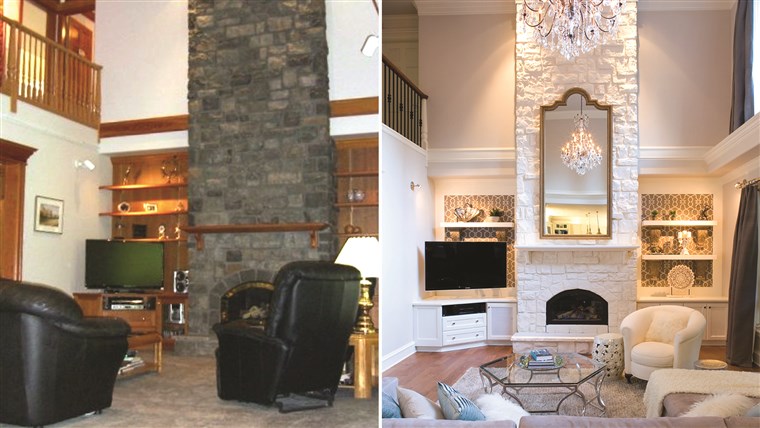Your home reflects your personality; it’s the space that you put together using little pieces of your insights and inspiration. Thus, putting together the house is not as easy as you think. If you start designing your home without a vision, you will end up making plenty of chaos. People usually trust professional designers like advantage home contracting who will make your house turn into a home sweet home. You need to remember a few things before designing your house.
- DETERMINE THE INTENTION OF THE ROOM
This should always be the primary step in room design. Some areas are more clear-cut, like dining rooms used for dining, master bedrooms for sleeping, and study for working. However, many spaces aren’t particularly clear. A room for relaxing should look very different from one for eating, and it may not even bear a resemblance to the one used for entertaining. Overall, you should support the décor, colour design; furniture supplies, layout and by and large feel of the room on what it will be used for the most.
Focus on your existing priorities and circumstances, and then be equipped to design around the function of a room. A kitchen shouldn’t be deficient in the appliances and furniture requisite for meal preparation, and a bedroom should be placed around a relaxing bed.
- FORM A BUDGET
Before you can come up with a solid conception for your room, you need at least a general plan of what you want and how much are you willing to spend on it. Spend some time in realizing your funds and the amount that you can invest in designing your house and browse through various interior websites, extracting pictures from magazines, or even pick your favourite from your Pinterest board. Form a plan and the budget, and then go ahead with creating the actual design and outlets.
- LEAVE SOME BREATHING SPACE
Space should be part of the focus in your room’s layout. Free space makes a room feel generously proportioned, and it reserves a room for any potential additions. Overcrowding a room can also lead to agitation, while enough space will make you feel quieter. Your room will even emerge cleaner without the muddle of too much furniture or too many decors. It’s key to put down the right amount of space for the activities of the room.
- SETTLE ON A COLOR SCHEME
Picking a colour plan allows you to craft a room that has a unifying premise, feels consistent and looks great. It also keeps you on a pathway to make sure everything goes well collectively, so you don’t end up with a portion that doesn’t fit. Just some of the apparatus that provide a colour scheme in a room comprise drapery, throw, blinds, throw pillows, artwork, rugs, and furniture. For instance, neutral wall colours will give you more elasticity for the rest of the room. Ease of tidiness for walls and floors will also come into play.
- STICK TO THE CLASSICS
When you start to fill in your room, you should work on the institute design first. That means deciding the base pieces before decorating around them with modish design additions. For instance, when designing the bedroom, the first building chunk that should concern you is the bed itself. Go with ageless pieces that won’t look obsolete in a few years. Any accents should be easily changeable.
Craft the room around pieces you adore. They don’t have to line up with any particular style, whether conventional or contemporary, if they’re belongings you know you’ll never get tired of.
- MAKE SURE THERE’S ENOUGH LIGHT
One constituent of interior design that people often overlook is lighting. The size and location of windows, the place of built-in lighting and the placement of lamps all make a variation in the layout of a room. After you’re done with the bulk of the room, that’s when you need to consider the lighting situation, from ceiling or wall lights to the table or floor lamps.
Integrate a diversity of lighting in your space, utilizing both charge and ambient lights. Have a few diverse lamps scattered around, so you have options for the amount of light in the area, and think about converting your conventional switches to dimmers for even more adaptability.
- LET YOUR PERSONALITY STAND OUT
It’s significant to note that the number one feature in-room design is personalization. Don’t just go for what’s fashionable at the time; go for what’s consequential to you. Disclose your hobbies and interests, and demonstrate people what you hold dearest. If that means featuring unique artwork, hanging up marriage or vacation photos, or putting your collections on display, go for it. ! Your personality can really shine with a little design assistance from Advantage Home Contracting.


Recent Comments